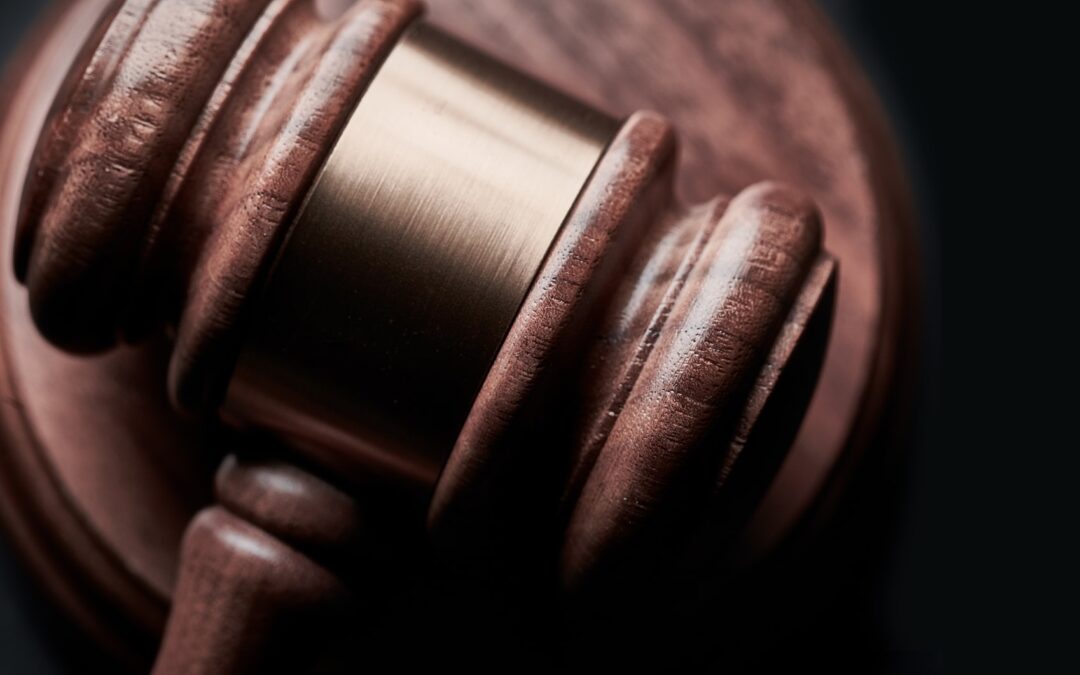
Jonathan Sheehan
It is a fundamental principle of common law that court proceedings are open to the public. There are, of course, factors and circumstances that necessitate a departure from this principle. For example, the exclusion of witnesses for a trial until they are called to give evidence is meant to avoid witnesses giving “tainted” evidence that is influenced by other testimony or court proceedings. The recent Divisional Court decision of Justice D.E. Harris in 2020 ONSC 7273 (CanLII) | Narayan et al. v. Dhillon | CanLII , an appeal from the Judgment and Order of Deputy Judge Preet Kaler, is illustrative of how courts deal with these competing interests.
The plaintiff respondent Sonya Dhillon had sued in Small Claims Court for unpaid wages over a two year period that totaled approximately $6,000.00 plus lost benefits and punitive damages. The defendants were a mix of corporate and personal defendants. The corporate defendant is a closely held corporation providing security escorts for various personnel at Toronto Pearson International Airport. The corporate defendant was a shell corporation with minimal assets. The personal defendants are the directors and managers of the corporation. The Deputy Judge had found for the plaintiff on all issues and granted an award of $23,098.00 for unpaid wages and punitive and aggravated damages.
The defendants appealed on several grounds but the only one of merit was regarding the Deputy Judge’s decision to exclude Chandra Narayan, one of the personal defendants, from the courtroom prior to any evidence being called.
The exclusion of witnesses is usually dealt with as part of the administrative proceedings before the trial commences. In this case, plaintiff’s counsel requested that Ms. Narayan be excluded when the Deputy Judge inquired about exclusions at the start of the trial. Ms. Narayan had been noted in default but was going to give witness testimony. Defendants’ counsel objected to the exclusion on the basis that Ms. Narayan was going to be giving him instructions. The Deputy Judge asked whether Ms. Narayan was a director of the corporate defendant. She replied that she was only an employee, but her counsel advised she had full authority to represent the corporate defendant. The Deputy Judge indicated that he may have made an exception for a director or president but not for an employee and would grant the exclusion request unless plaintiff’s counsel agreed to having Ms. Narayan remain. Plaintiff’s counsel replied that another personal defendant who was an officer of the corporate defendant could provide instructions.
Justice Harris found that the Deputy Judge had made error in law by excluding Ms. Narayan. Rule 52.06 of the Rules of Civil Procedure deals with witness exclusions. The Rule states:
Order for Exclusion
52.06 (1) The trial judge may, at the request of any party, order that a witness be excluded from the courtroom until called to give evidence, subject to subrule (2).
Order not to Apply to Party or Witness Instructing Lawyer
(2) An order under subrule (1) may not be made in respect of a party to the action or a witness whose presence is essential to instruct the lawyer for the party calling the witness, but the trial judge may require any such party or witness to give evidence before any other witnesses are called to give evidence on behalf of that party.
The distinction between being an employee or an officer or director of the corporation was irrelevant. Defendants’ counsel had decided that Ms. Narayan was the person best suited to give instructions which he “had an absolute right to this decision, barring exceptional circumstances of which there were none.”
Justice Harris states that “presence at trial is a fundamental right and is a necessary adjunct of due process.” Justice Harris notes that the plaintiff’s case was a strong one and was skeptical that the exclusion would have changed the result. In determining whether this error of law had resulted in a miscarriage of justice, Justice Harris outlined the following factors:
- Defendants’ counsel was without the person he requested to receive instructions from for the entirety of the plaintiff’s case.
- The exclusion was deliberate, plaintiff’s counsel had maintained their request to exclude Ms. Narayan.
- The evidence Ms. Narayan would eventually provide indicated she was a key person for dealings between the plaintiff and the corporation.
Even if the trial result was correct, Justice Harris noted that an unfair trial process cannot be allowed to stand. As such, he found that a miscarriage of justice had taken place and ordered a new trial.


Recent Comments